Table of Contents
- Introduction: The Secret Ingredient Behind a Perfect Pot Roast
- Why Spices Matter in a Pot Roast
- Top 10 Spices for the Ultimate Pot Roast
- How to Use These Spices Like a Pro
- Frequently Asked Questions About Pot Roast Spices
- Buying Guide: Choosing Quality Spices
- Conclusion: Elevate Your Dinner Game Tonight
Introduction: The Secret Ingredient Behind a Perfect Pot Roast
Choosing the right spices is crucial for a flavorful pot roast. The top 7 spices for perfect pot roast flavor are: black pepper, garlic powder, thyme, rosemary, bay leaf, paprika, and onion powder. Here's how to use them effectively for the best results.
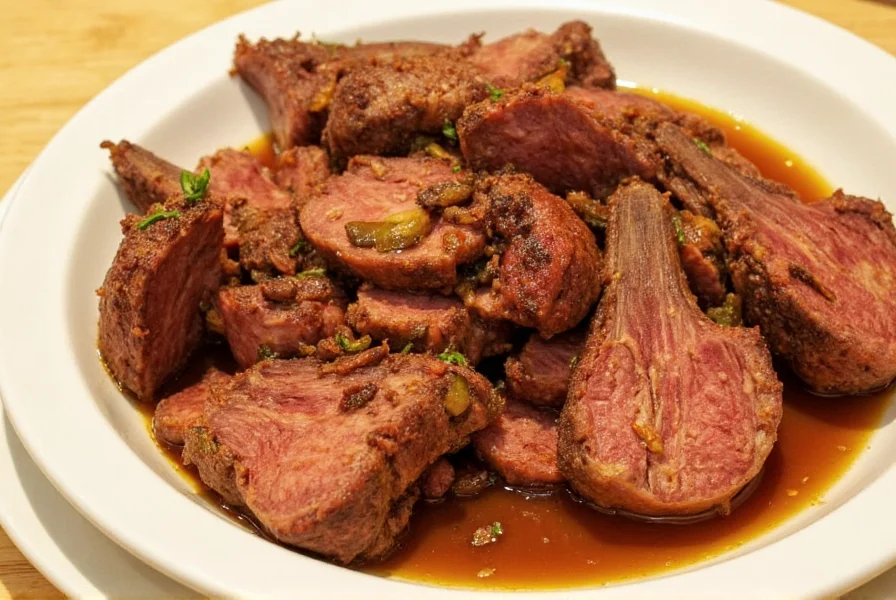
Whether you're cooking for family or hosting a dinner party, the right blend of spices can elevate your slow-cooked beef into something worthy of applause. In this article, we'll walk through the top 10 spices that turn basic beef into culinary magic—and how to use them like a seasoned pro.
Why Spices Matter in a Pot Roast
Pot roast is all about flavor development. Because it cooks low and slow, each ingredient has time to infuse the meat and broth deeply. Spices are crucial here—they add layers of complexity, balance richness, and can even tenderize the meat subtly.
| Spice | Flavor Profile | Cooking Role |
|---|---|---|
| Black Pepper | Pungent, earthy, sharp | Enhances depth, cuts through fat |
| Garlic Powder | Umami-rich, savory | Adds savory backbone, boosts aroma |
| Thyme | Earthy, minty, slightly floral | Classic herb for braises and roasts |
The trick isn't just using spices—it's knowing which ones to combine, how much to use, and when to add them for maximum impact. Let's dive into the must-have players for your next pot roast adventure.
Top 10 Spices for the Ultimate Pot Roast
- Black Pepper: A must-have for any roast. Its sharpness balances rich flavors and enhances other spices.
- Garlic Powder: Milder than fresh garlic, but more evenly distributed throughout the dish.
- Thyme: This aromatic herb stands up well to long cooking times and adds a rustic touch.
- Rosemary: Pungent and pine-like; a little goes a long way, especially with fatty cuts.
- Bay Leaf: Adds a subtle bitterness and herbal lift—ideal for soups, stews, and roasts.
- Paprika: Sweet or smoked, paprika gives color and depth without overpowering the dish.
- Mustard Seed: Whole or ground, these add warmth and tanginess that complements beef beautifully.
- Nutmeg: A surprising but delightful addition in small amounts, especially in creamy-based sauces.
- Cumin: Earthy and nutty, cumin can give your pot roast a Middle Eastern flair.
- Onion Powder: Boosts umami and sweetness without adding moisture like raw onions would.
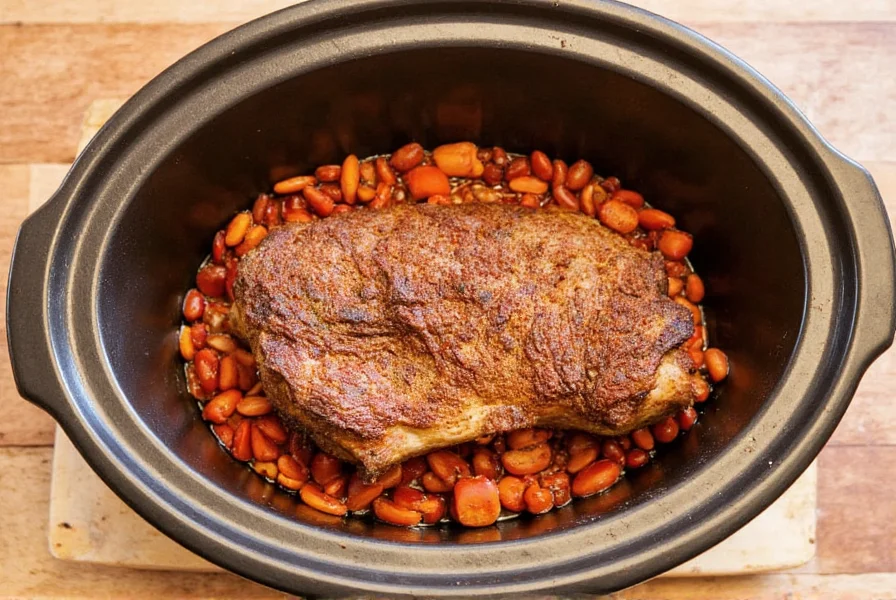
Flavor Profile Comparison Chart
| Spice | Flavor Intensity | Boldness Level | Best For |
|---|---|---|---|
| Black Pepper | Medium | High | Balancing fat, enhancing depth |
| Rosemary | Strong | High | Beef, lamb, root vegetables |
| Thyme | Mild-Medium | Medium | All-purpose in roasts and braises |
| Bay Leaf | Low | Low | Subtle herbal undertones |
| Smoked Paprika | Medium | Medium | Adding smoky warmth |
How to Use These Spices Like a Pro
Using spices effectively is as important as choosing the right ones. Here are some insider tips to maximize flavor:
- Dry Rub First: Season your meat generously with salt, pepper, garlic powder, and rosemary before searing. This forms a crust that locks in flavor.
- Layer Them In: Add harder herbs like thyme and bay leaf early in the cooking process. Delicate herbs like parsley should be stirred in at the end.
- Bloom the Flavors: Toast whole spices like mustard seeds in oil before adding liquid ingredients. This releases their essential oils and intensifies the flavor.
- Balance is Key: Don't go overboard. A pinch of nutmeg can elevate a sauce, but too much will ruin it.
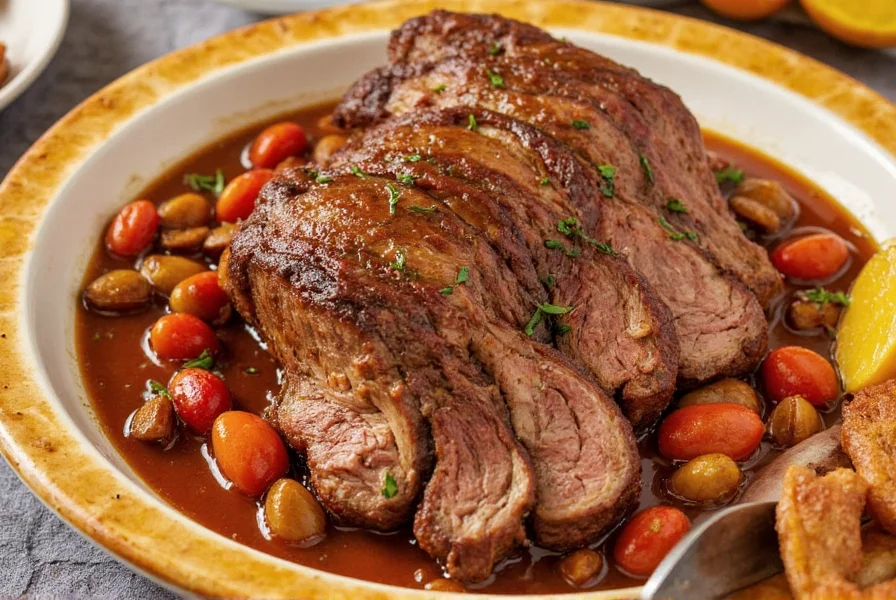
Example Spice Combination for a Classic Beef Pot Roast
- 2 tbsp coarse black pepper
- 1 tbsp garlic powder
- 1 tbsp onion powder
- 1 tsp dried thyme
- 1 tsp smoked paprika
- 1 tsp crushed bay leaves
- ½ tsp mustard seed (optional)
This combination works perfectly for a 3–4 lb chuck roast. Apply before searing, then let it simmer for 3 hours in your favorite broth and vegetables. You'll be amazed by the depth of flavor!
Frequently Asked Questions About Pot Roast Spices
What are the essential spices for a basic pot roast?
For a classic pot roast, you need just five essentials: black pepper, garlic powder, thyme, bay leaf, and onion powder. These create the perfect foundation of savory, earthy flavors that complement beef without overpowering it. Black pepper cuts through the richness, garlic and onion powders provide umami depth, while thyme and bay leaf add that classic braising aroma everyone loves.
Can I substitute fresh herbs for dried spices in pot roast?
Yes, but with important adjustments. Use three times the amount of fresh herbs compared to dried (for example, 1 tbsp fresh thyme instead of 1 tsp dried). Add hardy fresh herbs like rosemary and thyme at the beginning of cooking, but delicate herbs like parsley should be added in the last 30 minutes. Fresh herbs provide brighter flavor but don't infuse as deeply as dried during long cooking times.
How much spice should I use for a pot roast?
For a standard 3-4 lb chuck roast, use 1-2 tablespoons of total spice blend. Start with conservative amounts (½-1 tsp per dried herb), then adjust in future batches. Remember that flavors concentrate during slow cooking. When in doubt, under-season slightly—you can always add more salt at the end, but you can't remove excess spices once added.
When is the best time to add spices during pot roast preparation?
For maximum flavor impact: 1) Apply dry rub (pepper, garlic/onion powder) before searing, 2) Add hardy dried herbs (thyme, rosemary, bay leaf) when adding liquid, 3) Stir in delicate fresh herbs during the last 30 minutes. Whole spices like mustard seeds should be toasted in oil before adding other ingredients to bloom their flavors.
What happens if I over-spice my pot roast?
Over-spicing can create an unbalanced dish where one flavor dominates. If you've added too much of a particular spice, try these fixes: 1) Dilute with additional broth or vegetables, 2) Add a small amount of acid (like red wine vinegar) to balance strong flavors, 3) Include a starch (potatoes or carrots) to absorb excess seasoning. Prevention is best—always add spices gradually and taste your broth before covering to cook.
Do different cuts of beef require different spice blends?
Absolutely. Fattier cuts like chuck benefit from assertive spices like rosemary and black pepper to cut through richness. Leaner cuts like round respond better to milder herbs like thyme and subtle spices like nutmeg. For tougher cuts requiring longer cooking, use hardy herbs that withstand extended braising times without becoming bitter.
Buying Guide: Choosing Quality Spices
Not all spices are created equal. To ensure your pot roast reaches its full potential, here's a quick guide to help you pick the best options on the market.
What to Look For
- Freshness: Check the packaging date. Ground spices last about 6 months; whole spices up to a year.
- Color and Scent: Vibrant color and strong aroma mean potency. If it looks dull or smells weak, skip it.
- Whole vs. Ground: Whole spices retain freshness longer. Grind as needed for optimal flavor.
- Organic Options: Free from artificial preservatives and pesticides.
Recommended Brands for Each Spice
| Spice | Brand | Features | Use Case |
|---|---|---|---|
| Black Pepper | Spice Hunter Black Peppercorns | Vibrant, freshly cracked, bold flavor | Seasoning meats, finishing dishes |
| Thyme | Frontier Co-op Organic Thyme | Robust aroma, organic certified | Braises, stews, marinades |
| Smoked Paprika | La Dalia Smoked Spanish Paprika | Deep red color, rich smokiness | Meat rubs, paella, sauces |
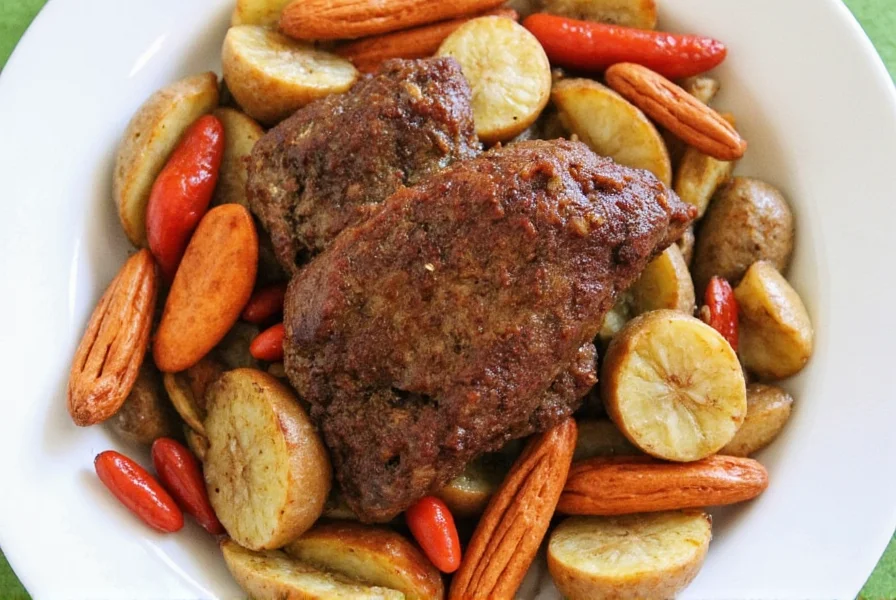
Conclusion: Elevate Your Dinner Game Tonight
Spices are the unsung heroes of any great pot roast. With just a few carefully selected seasonings, you can transform a humble cut of beef into a masterpiece of flavor. From the earthy warmth of thyme to the bold bite of black pepper, each spice plays a unique role in creating that perfect balance of taste and aroma.
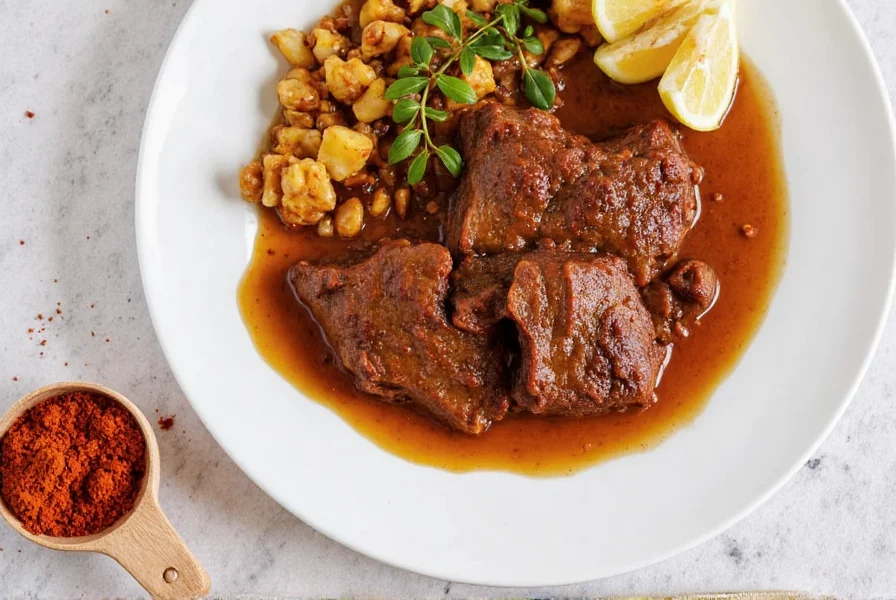
So the next time you're prepping for a cozy dinner or Sunday supper, don't forget the spice rack. Your family—and taste buds—will thank you. Happy cooking!

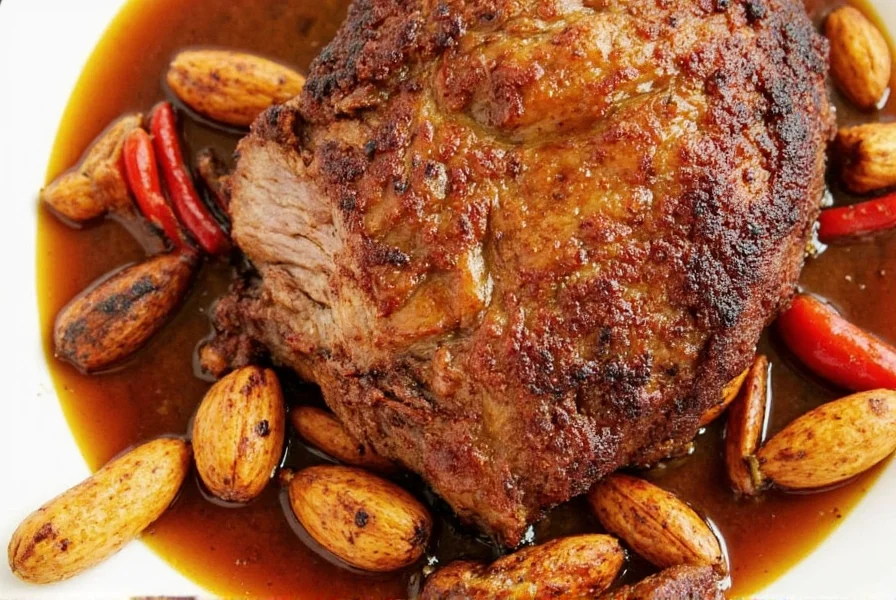









 浙公网安备
33010002000092号
浙公网安备
33010002000092号 浙B2-20120091-4
浙B2-20120091-4